Iran is known for producing some of the most beautiful and unique rugs in the world, with a rich history of rug making that dates back thousands of years. Here are some unique rug styles that you can find in Iran:
1. Gabbeh rugs: Gabbeh rugs are hand-woven Persian rugs that feature simple, geometric designs and a plush texture. They are made from high-quality wool and are often dyed using natural plant dyes, which gives them a unique and earthy color palette.
2. Qashqai rugs: Qashqai rugs are hand-woven rugs made by the Qashqai tribe in southwestern Iran. They feature bold and colorful geometric designs that are inspired by tribal art and culture.
3. Bakhtiari rugs: Bakhtiari rugs are hand-woven Persian rugs that are known for their bold and colorful designs. They often feature large, stylized floral motifs and intricate borders.
4. Kilim rugs: Kilim rugs are flat-woven Persian rugs that feature bold and colorful geometric designs. They are made using a technique called “slit-weave,” which creates a rug with a smooth surface and a reversible design.
5. Lori rugs: Lori rugs are hand-woven rugs made by the Lori tribe in western Iran. They feature bold and colorful geometric designs that are inspired by the tribal art and culture of the region.
Overall, unique rug styles in Iran can add a sense of personality and individuality to a space while still maintaining the traditional Persian style. They are often highly valued for their individuality, artistry, and historical significance. You can find these unique rugs in various markets and bazaars throughout Iran.
Distinctive Features
Unique rugs often have distinctive features that set them apart from traditional rugs. Here are some common features of unique rugs:
1. Unconventional design: Unique rugs often feature unconventional or unusual designs that are different from traditional rug styles. They may incorporate bold colors, unusual patterns, or unexpected materials.
2. Artistic flair: Unique rugs are often crafted by skilled artisans who imbue them with their own artistic flair. They may incorporate intricate details or handcrafted elements that make them stand out.
3. Unusual materials: Unique rugs may be made from unusual or unexpected materials, such as recycled fabrics, natural fibers, or synthetic materials.
4. One-of-a-kind: Unique rugs are often one-of-a-kind pieces that cannot be replicated. They may be handmade or feature unique designs that are exclusive to that particular rug.
5. Personalized: Unique rugs can be customized or personalized to suit the preferences of the individual. They may be made to specific dimensions, colors, or designs that cater to the individual’s tastes.
Overall, unique rugs are characterized by their individuality, creativity, and personality. They are often highly valued for their artistry, craftsmanship, and ability to add a special touch to a room.
What are some popular materials used in creating unique rugs?
Unique rugs can be made from a wide variety of materials, each with its own unique characteristics and benefits. Here are some popular materials used in creating unique rugs:
1. Wool: Wool is a popular material for rug-making because it is durable, soft, and naturally stain-resistant. Wool rugs are often hand-woven and feature intricate designs and patterns.
2. Silk: Silk is a luxurious material that is often used to create high-end rugs. Silk rugs are known for their softness, sheen, and intricate designs. They are often more delicate than wool rugs and require special care.
3. Cotton: Cotton is a versatile and durable material that is often used in flat-woven rugs. Cotton rugs are lightweight, easy to clean, and come in a variety of colors and patterns.
4. Jute: Jute is a natural fiber that is often used to create eco-friendly and sustainable rugs. Jute rugs are known for their durability, texture, and natural color.
5. Synthetic fibers: Synthetic fibers such as nylon, polyester, and acrylic are often used to create affordable and durable rugs. These rugs can be made in a variety of colors and patterns and are often easier to clean than natural fiber rugs.
Overall, the choice of material depends on the desired look, feel, and purpose of the rug. Each material has its own unique characteristics and benefits, and can be used to create a wide range of unique and beautiful rugs.
What are some common patterns or designs used in unique rugs?
Persian rugs are known for their intricate designs and patterns, which often reflect the cultural and artistic traditions of the region. Unique Persian rugs can incorporate traditional elements while also adding a sense of personality and individuality to the rug. Here are some common patterns or designs that can be found in unique Persian rugs:
1. Floral motifs: Persian rugs often feature elaborate floral motifs that are inspired by the gardens and landscapes of the region. These motifs can be stylized or realistic and are often arranged in repeating patterns.
2. Geometric patterns: Geometric patterns are a common feature of Persian rugs and can range from simple to intricate. They often incorporate repeating shapes such as diamonds, hexagons, or stars.
3. Medallions: Medallions are a central design element in many Persian rugs. They can be circular, oval, or hexagonal in shape and often feature intricate patterns and motifs.
4. Animal motifs: Persian rugs may also incorporate animal motifs such as birds, lions, or deer. These motifs can be stylized or realistic and are often used to symbolize strength, power, or beauty.
5. Pictorial designs: Pictorial designs are a unique feature of some Persian rugs. These rugs feature a picture or scene depicted on the rug, such as a landscape or a hunting scene.
Overall, unique Persian rugs can incorporate a wide variety of designs and patterns that reflect the rich artistic and cultural traditions of the region. The designs can be bold or subtle, modern or traditional, and can add a sense of personality and individuality to a space.
